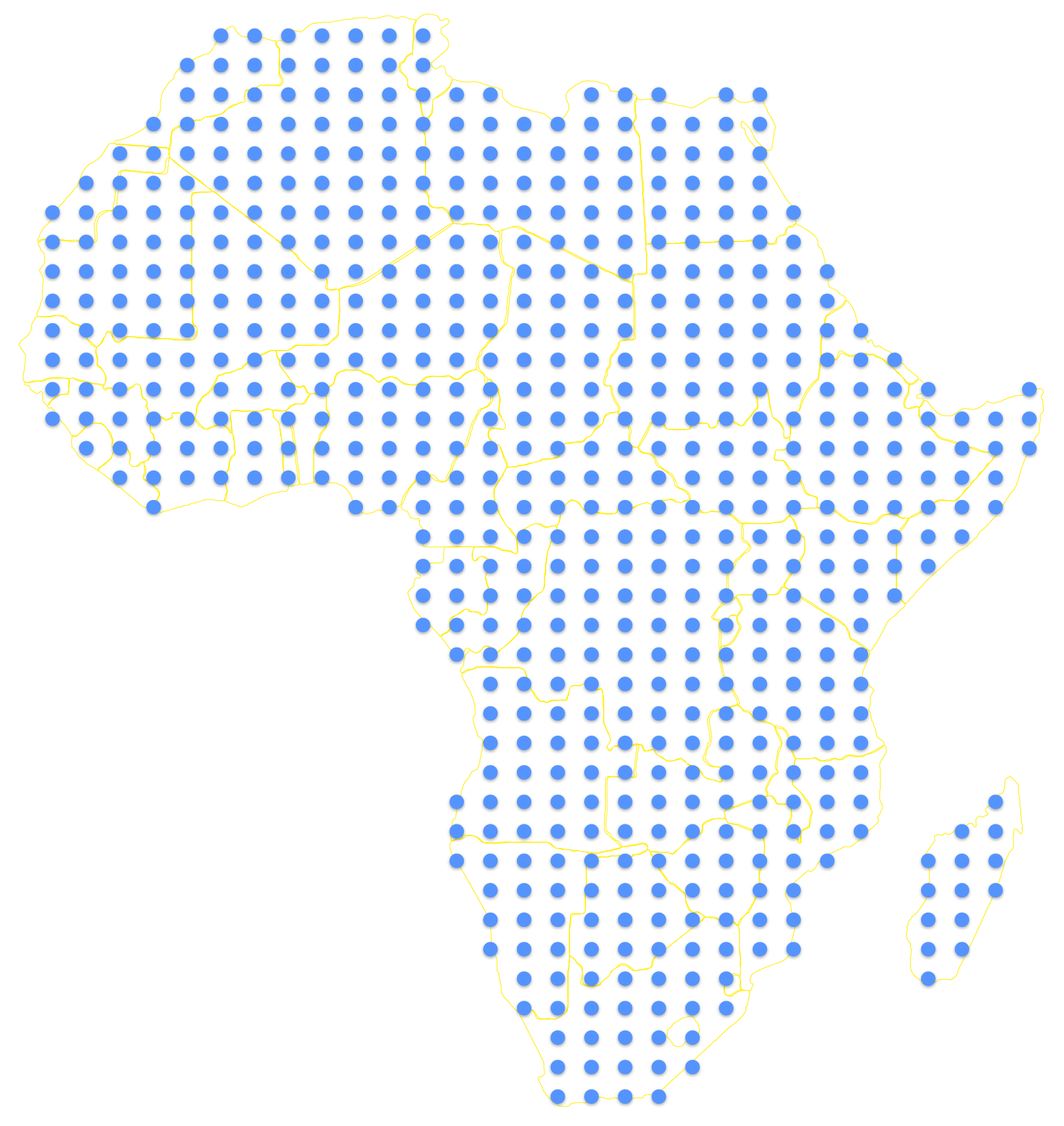In countries like Ghana, Côte d’Ivoire, and Nigeria, smallholder farmers and agribusiness exporters struggle to access trade finance and foreign exchange. FX shortages during cocoa and cashew seasons limit growth, while most transactions remain offline, opaque, and untraceable.
- Lower financing costs for agri-exporters
- Real-time FX visibility for central banks
- Increased export revenue traceability

In countries like Zambia, Malawi, Namibia, and Botswana, mobile money platforms, national switches, and card networks are siloed. Cross-border retail transactions are expensive and slow, limiting inclusion and trade among border communities.
- Interoperable digital payments across 5+ countries
- Interoperable digital payments across 5+ countries
- Lower cross-border costs for merchants and families

Kenyan, Ugandan, and Tanzanian SMEs face huge challenges in accessing trade finance for exports to Asia and the Gulf. Banks lack digital onboarding tools, and FX management is opaque and manual.
- Export process digitized end-to-end
- Cheaper, faster FX availability for SMEs
- Trade ministries gain visibility into real-time export flows

Trade among Egypt, Morocco, Tunisia, and Algeria is limited by poor FX coordination and lack of digital trade visibility. Central banks face liquidity mismatches, and private banks cannot execute fast LC settlement.
- Trade settlements become faster and FX-hedged
- Central banks reduce FX spread volatility
- Banks regain trust in intra-African corridors

Countries in the CEMAC zone (Cameroon, Gabon, Congo, Chad) face compliance fragmentation, inconsistent PSP standards, and growing FATF greylisting pressure.
- Region-wide AML harmonization
- Faster onboarding of PSPs
- Restoration of compliance credibility with global stakeholders

Small island nations like Seychelles, Mauritius, and Comoros struggle to maintain robust banking infrastructure and corridor connectivity. Their domestic banking systems are not integrated with regional trade or FX markets
- Instant payments and compliance-ready infrastructure
- Corridor-ready FX management
- Regional trade and financial integration without capex burden

Africa receives over $50B in annual remittances, but FX capture is poor and SMEs lack structured access to diaspora-linked liquidity. USD inflows are not retained for productive use
- Retention of diaspora FX inside Africa
- SME lending tied to real remittance inflows
- Corridor compliance meets international standards

SAPA is at the center of Payments & Trade Infrastructure Modernization Layer across the Africa cluster.
